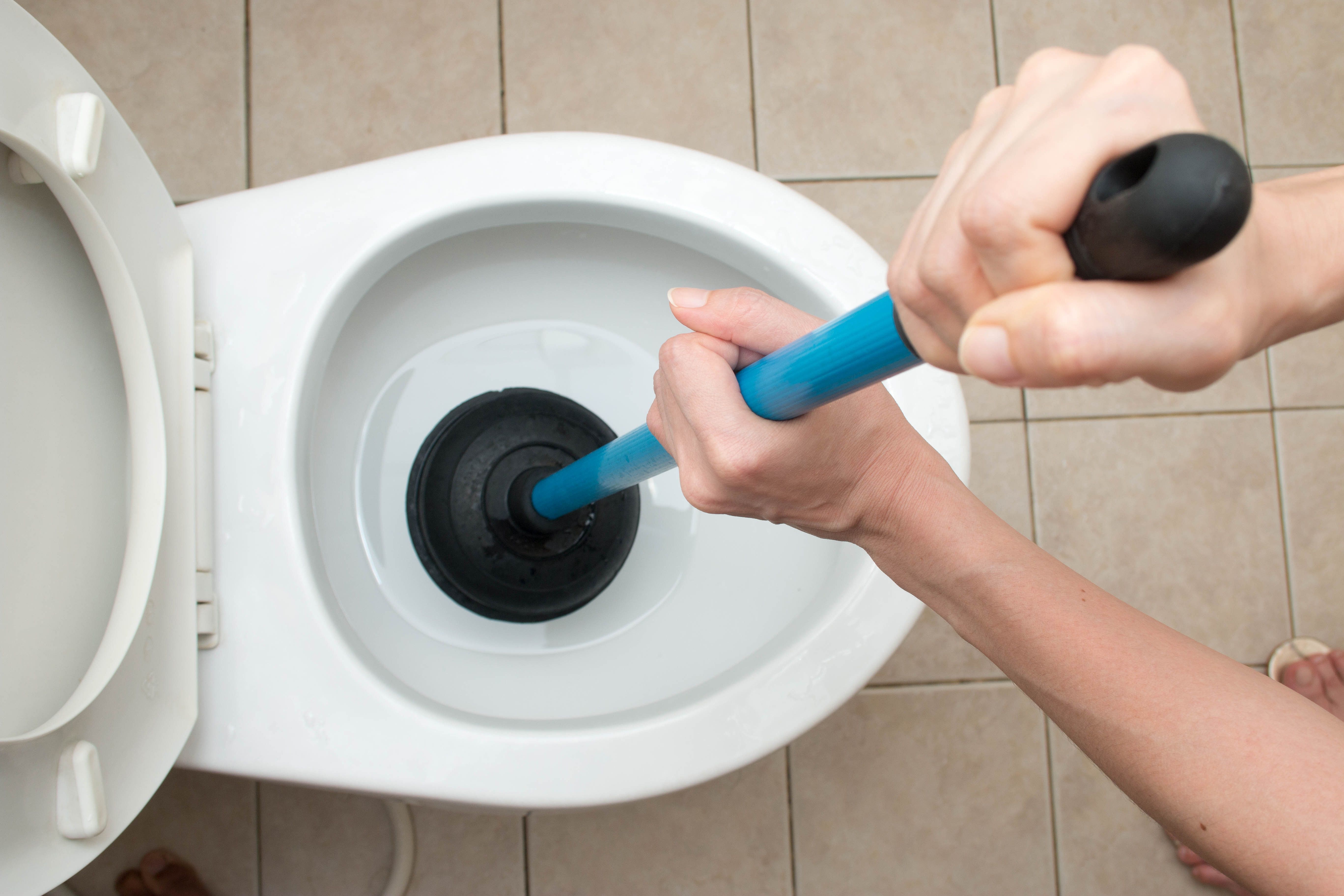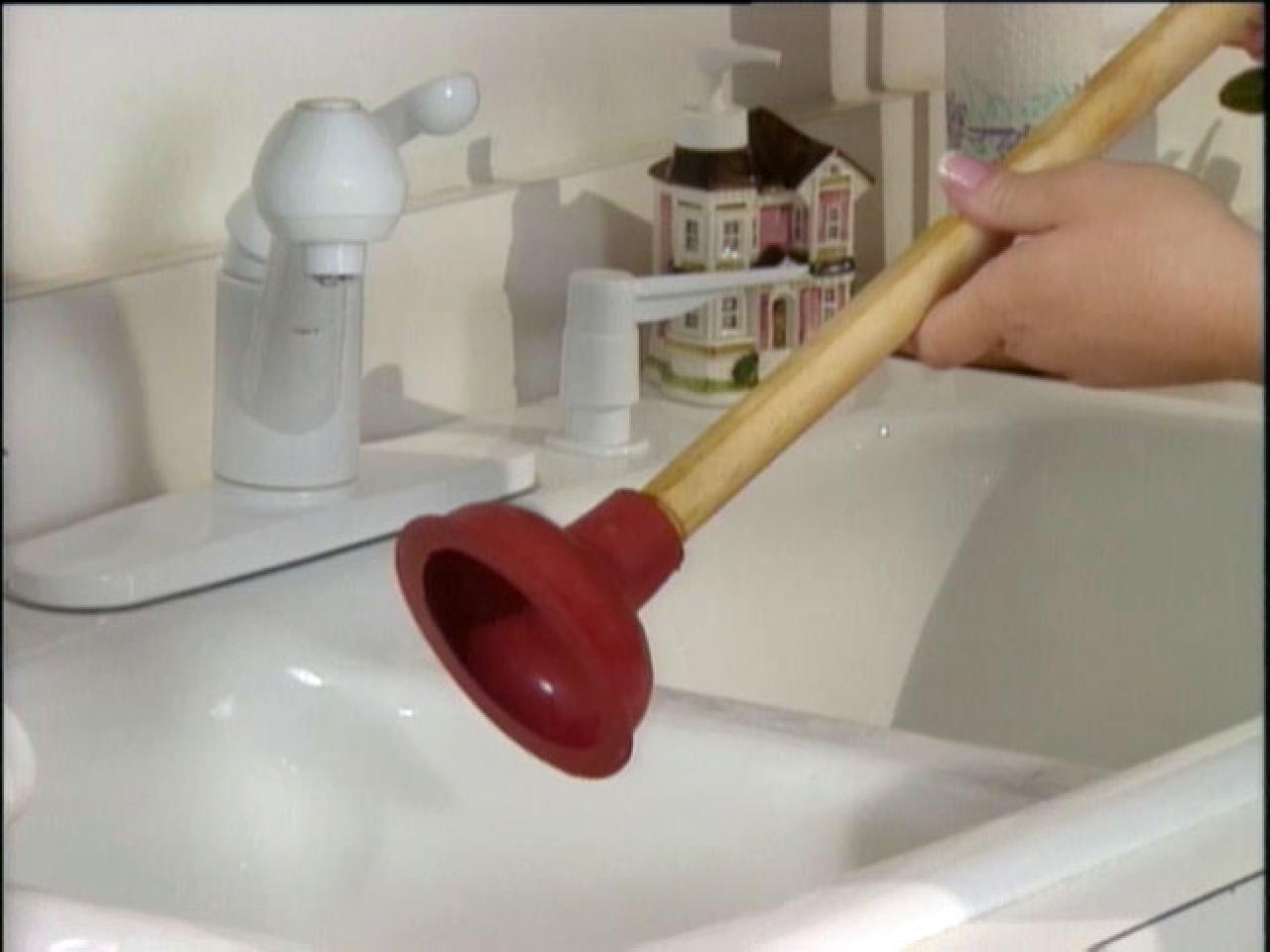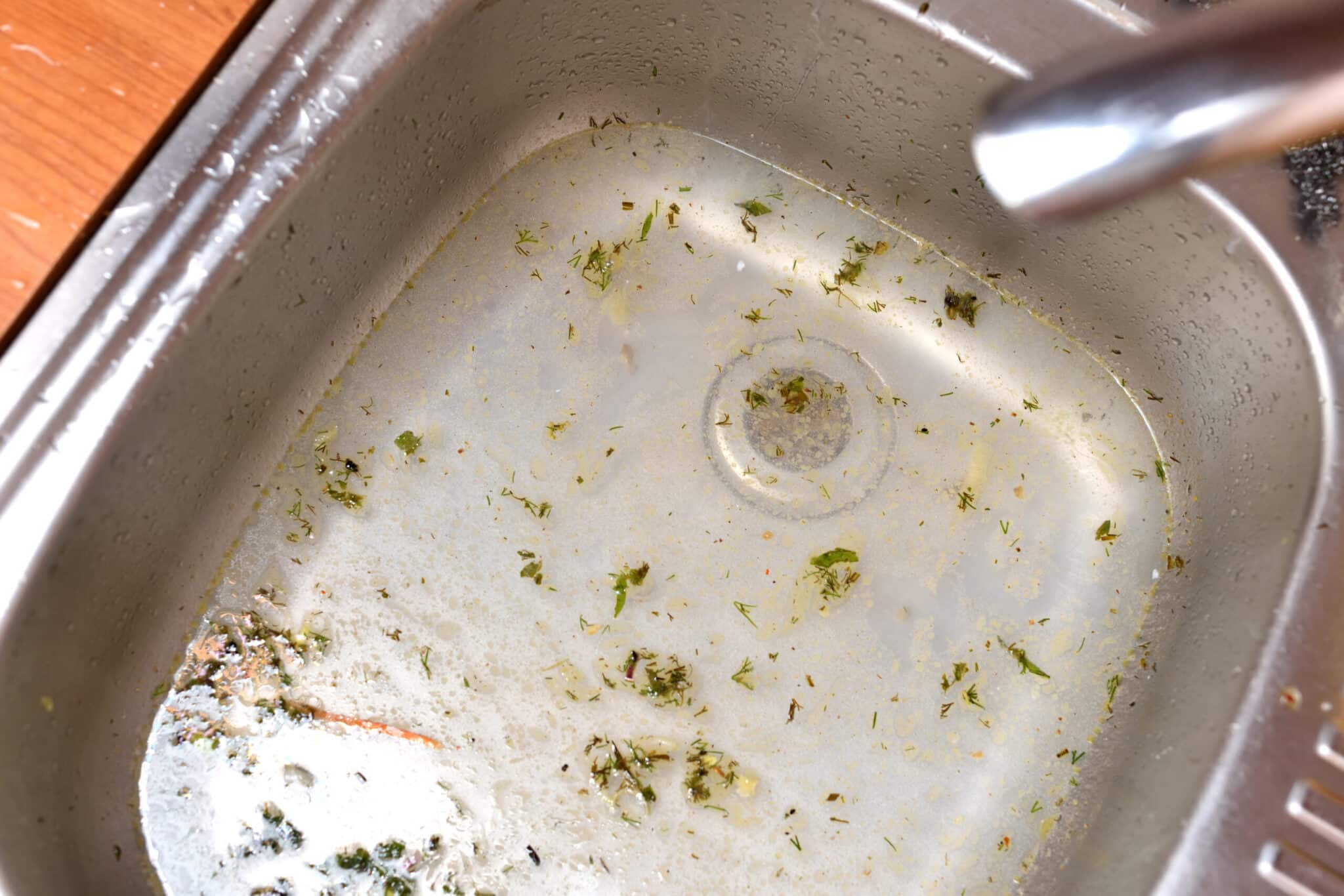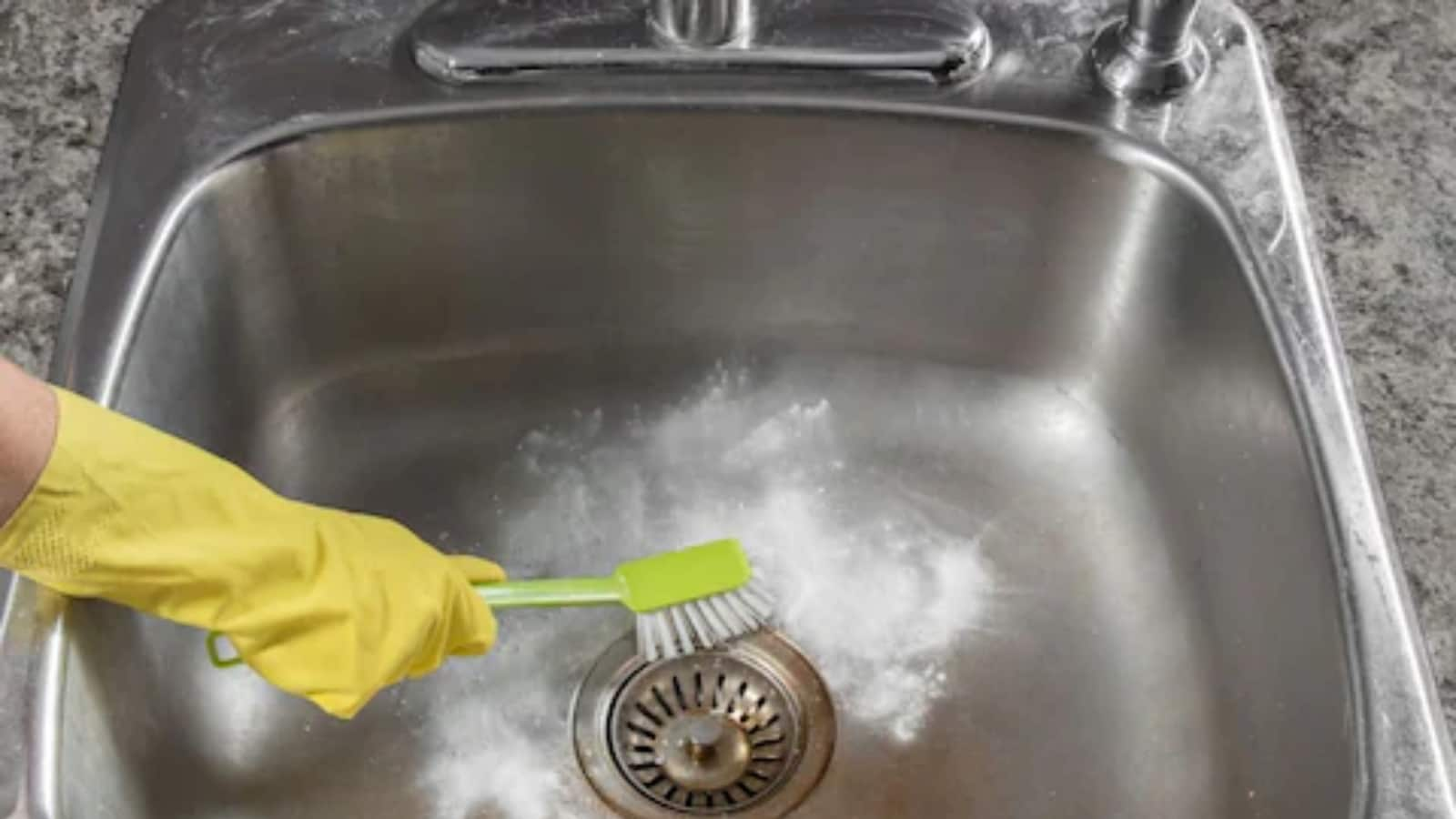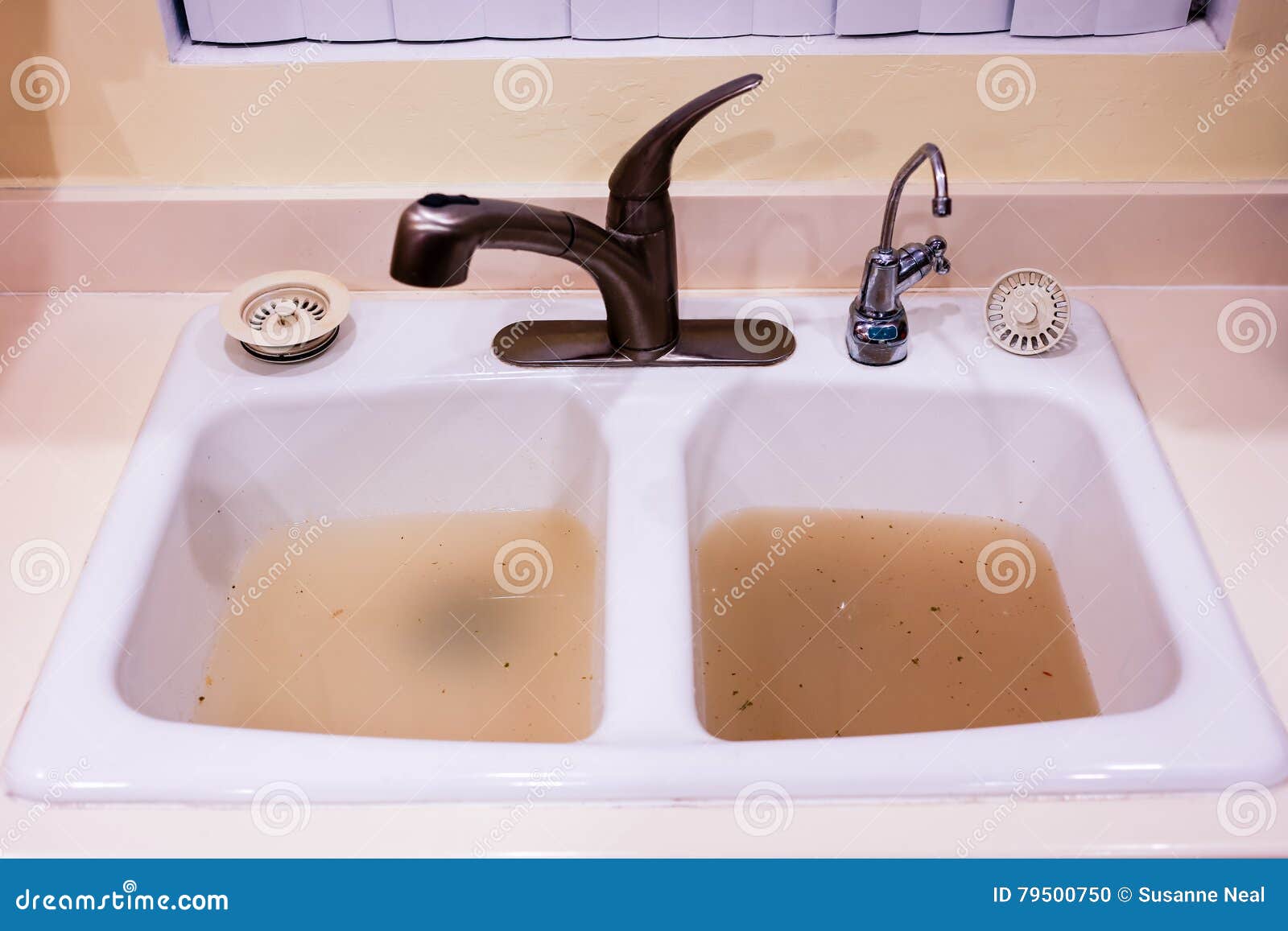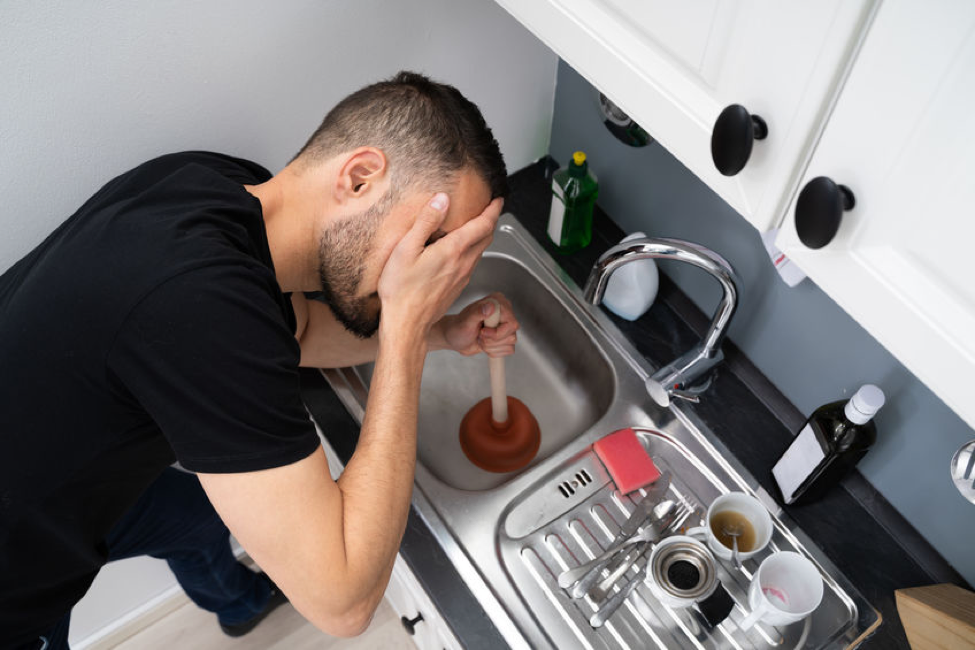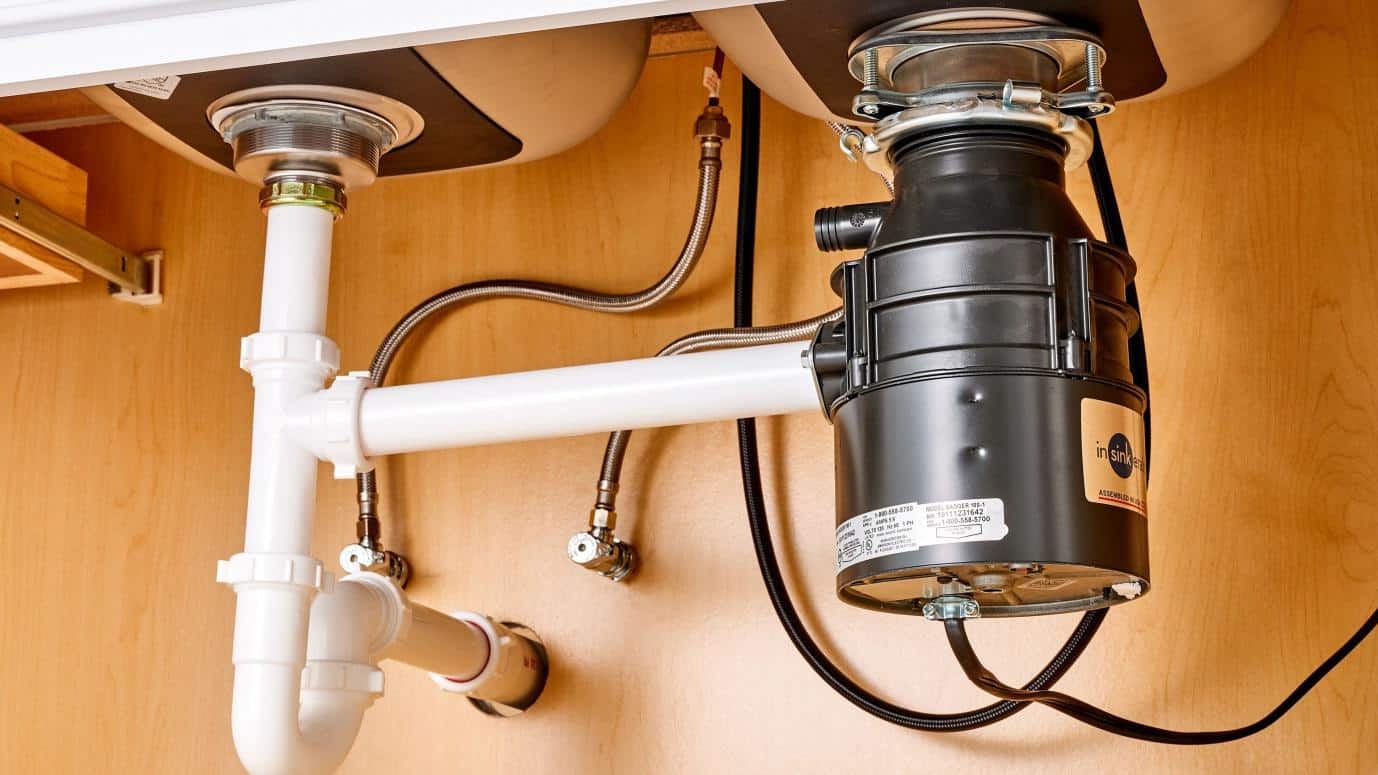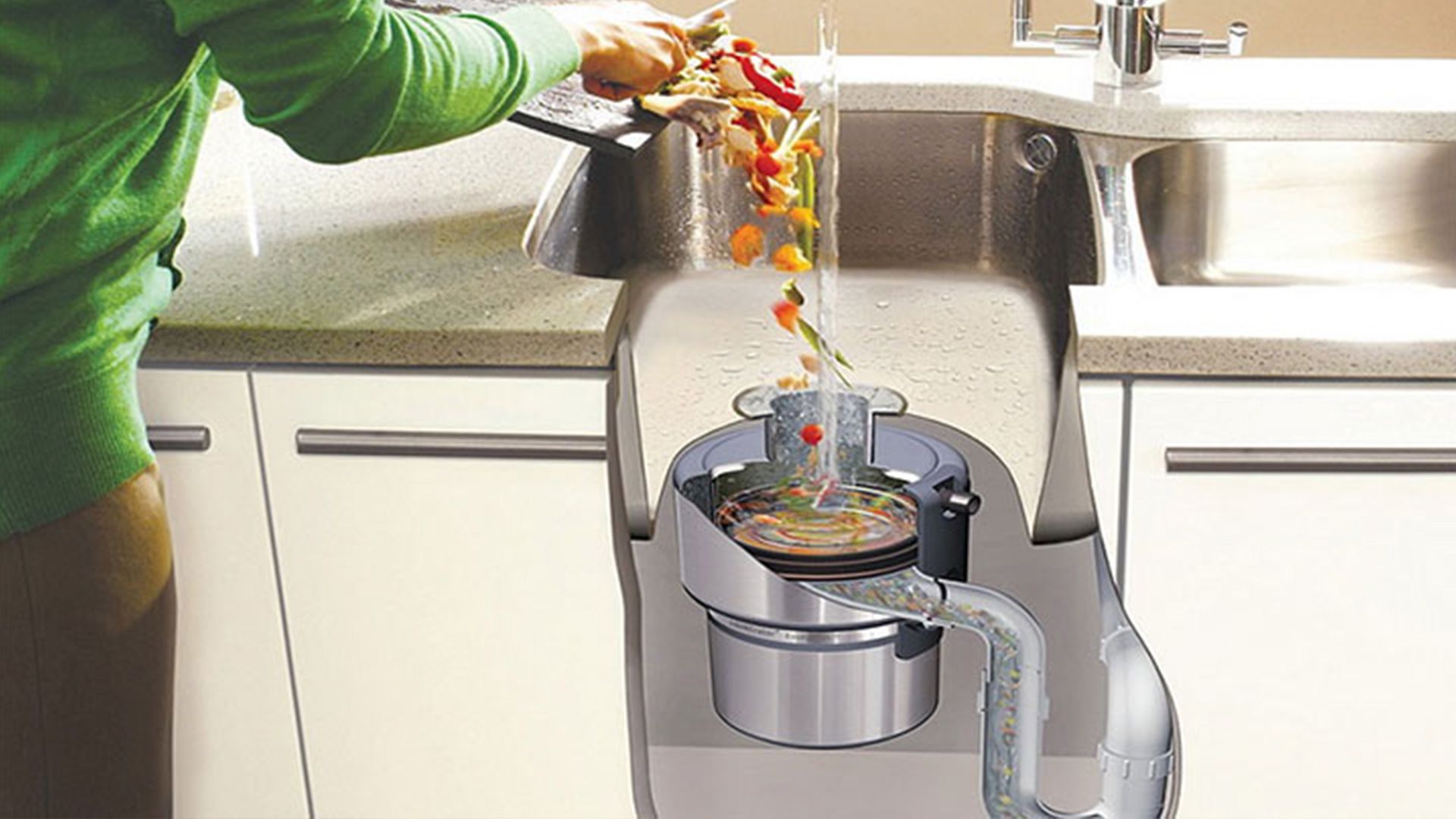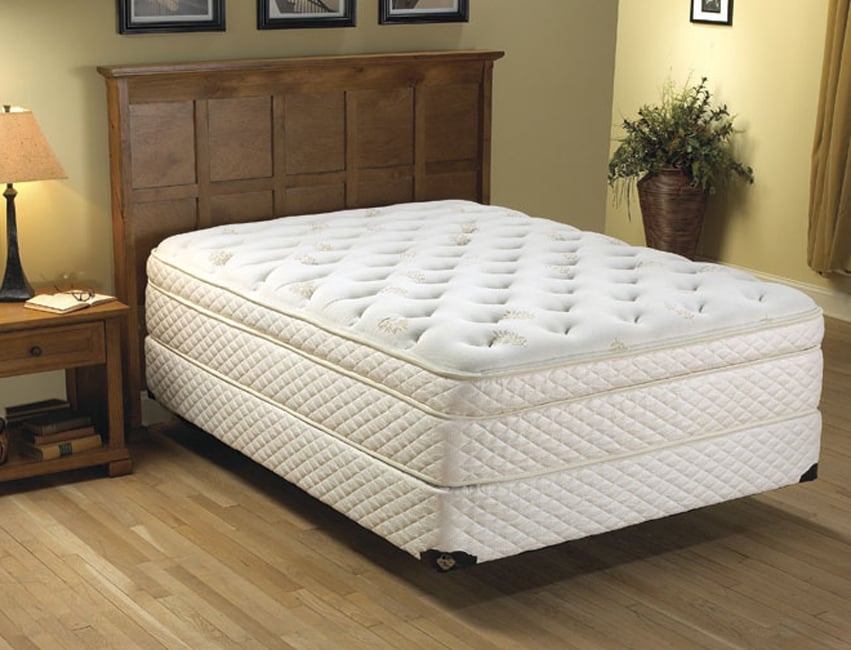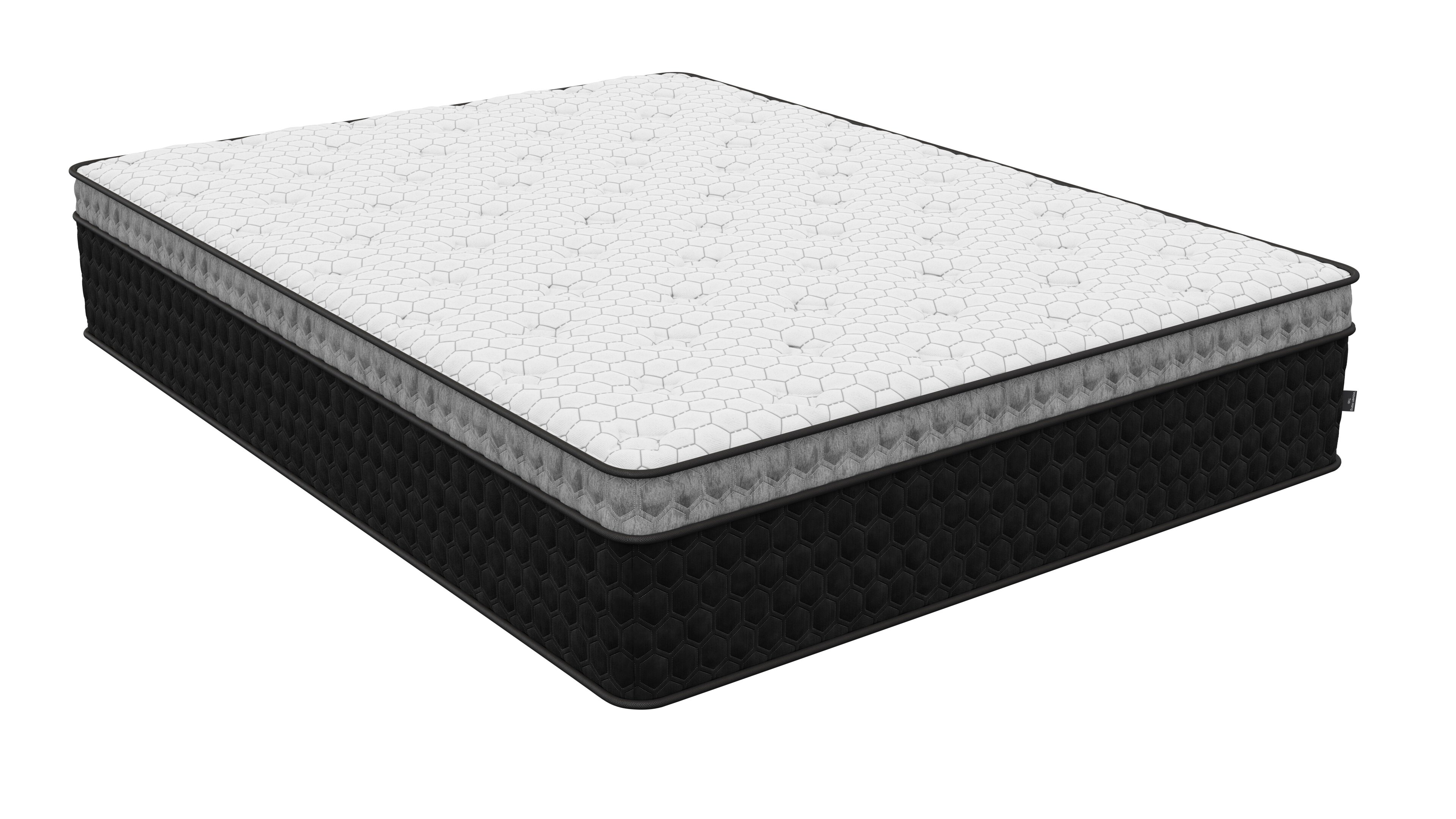If you've ever experienced the frustration of a kitchen sink that won't drain, you're not alone. It's a common household problem that can be caused by a variety of factors such as food scraps, grease buildup, or foreign objects lodged in the pipes. But before you call a plumber, there are a few simple steps you can take to unclog your kitchen sink and get the water flowing again. First, try using a plunger to loosen and remove any blockages. Simply place the plunger over the drain and pump up and down several times until you feel the suction break up the clog. This method works best for minor clogs caused by food debris or grease. If the plunger doesn't work, you can try using a plumbing snake or auger to break up and remove the clog. These tools are specifically designed to navigate through the pipes and dislodge any obstructions. However, if you don't have these tools on hand, there are other simple solutions you can try before resorting to calling a professional.1. How to Unclog a Kitchen Sink That Won't Drain
If your kitchen sink is still not draining after trying the plunger and plumbing snake methods, here are five additional ways to unclog your sink: 1. Baking Soda and Vinegar: This natural and environmentally-friendly method is a tried and true solution for unclogging a kitchen sink. First, pour a pot of boiling water down the drain to help break up any greasy residue. Then, pour half a cup of baking soda down the drain followed by a cup of vinegar. Cover the drain with a cloth or stopper and let the mixture sit for about 30 minutes. Finally, pour another pot of boiling water down the drain to flush out any remaining debris. 2. Hot Water and Salt: Another simple and effective solution involves using hot water and salt. Mix half a cup of salt with a pot of boiling water and slowly pour it down the drain. The hot water will help dissolve any grease buildup while the abrasive salt will help break up the clog. 3. Dish Soap and Hot Water: This method is best for minor clogs and can also help prevent future clogs. Simply squirt a generous amount of dish soap down the drain followed by a pot of hot water. The soap will act as a lubricant and help push any debris down the drain. 4. Wet and Dry Vacuum: If you have a wet and dry vacuum, you can use it to suck out any clogs in your kitchen sink. First, set the vacuum to the wet setting and cover the vent to prevent any debris from escaping. Then, place the hose over the drain and turn on the vacuum. The suction should be strong enough to dislodge and remove the clog. 5. Boiling Water and Caustic Soda: This method should only be used as a last resort and with caution. Caustic soda, also known as sodium hydroxide, is a powerful chemical that can dissolve tough clogs. However, it can also be harmful to skin and eyes, so be sure to wear gloves and safety glasses when handling it. Mix a quarter cup of caustic soda with a pot of boiling water and pour it down the drain. Let it sit for about 30 minutes before flushing it out with hot water.2. 5 Ways to Unclog a Kitchen Sink
If you're the DIY type, there are a few simple fixes you can try to unclog your kitchen sink. 1. Wire Hanger: Straighten out a wire hanger and create a small hook at one end. Then, insert the hook into the drain and use it to fish out any debris or hair that may be causing the clog. 2. Wet Towel and Plunger: If your sink has a double drain, you can use a wet towel and a plunger to unclog it. First, cover one drain with the wet towel and then use the plunger on the other drain. The towel will help create a seal and increase the suction, making it easier to remove the clog. 3. Zip-It Tool: The Zip-It Tool is a handy gadget designed specifically for unclogging drains. Simply insert the tool into the drain and pull it out to remove any hair or debris that may be causing the clog. 4. Wet and Dry Vacuum: As mentioned earlier, a wet and dry vacuum can also be an effective DIY tool for unclogging a kitchen sink.3. DIY Fixes for a Clogged Kitchen Sink
If none of the DIY methods above work, it may be time to call a professional plumber. They have the tools and expertise to tackle even the toughest clogs and can also help identify and fix any underlying issues with your plumbing system. It's also important to note that if your kitchen sink is not draining due to a clog in the main sewer line, it's best to call a professional rather than attempting to fix it yourself. Trying to unclog a main sewer line without proper knowledge and equipment can cause further damage to your plumbing system.4. What to Do When Your Kitchen Sink Won't Drain
Baking soda and vinegar are not only effective for unclogging a kitchen sink, but they can also help prevent clogs from forming in the first place. Here's a step-by-step guide on how to use these household items to keep your sink running smoothly: 1. Pour a pot of boiling water down the drain to help loosen any debris. 2. Mix half a cup of baking soda with a cup of vinegar and immediately pour it down the drain. 3. Cover the drain with a cloth or stopper and let the mixture sit for about 30 minutes. 4. Pour another pot of boiling water down the drain to flush out any remaining debris. 5. Repeat this process once a month to prevent future clogs.5. How to Fix a Clogged Kitchen Sink with Baking Soda and Vinegar
Understanding the common causes of a clogged kitchen sink can help you prevent them from happening in the future. Here are some of the main culprits: 1. Food Scraps: Food scraps, especially those high in fat or grease, can easily get stuck in the pipes and cause a clog. Be sure to scrape your plates into the trash before rinsing them in the sink. 2. Coffee Grounds: While they may seem small and harmless, coffee grounds can clump together and cause a stubborn clog. It's best to dispose of them in the trash or use them in your garden as compost. 3. Cooking Oil and Grease: Pouring cooking oil or grease down the drain can lead to a buildup that can eventually cause a clog. Instead, let it solidify and dispose of it in the trash. 4. Foreign Objects: Small objects such as utensils or pieces of plastic can accidentally fall into the sink and cause a clog. Be mindful of what you're doing near the sink to avoid this issue.6. Common Causes of a Clogged Kitchen Sink
A plunger is a simple and effective tool for unclogging a kitchen sink. Here's how to use it properly: 1. Fill the sink with enough water to cover the plunger. 2. Place the plunger over the drain and make sure it forms a tight seal. 3. Start pumping the plunger up and down to create suction. 4. Continue pumping until you feel the clog break up and the water starts to drain. 5. If the clog doesn't break up, try repeating the process a few times or using a plumbing snake.7. How to Use a Plunger to Unclog a Kitchen Sink
Prevention is always better than cure, so here are some simple tips to keep your kitchen sink from getting clogged: 1. Use a Sink Strainer: A sink strainer is an inexpensive and effective way to catch food scraps and prevent them from going down the drain. 2. Dispose of Grease Properly: As mentioned earlier, cooking oil and grease should never be poured down the drain. Instead, let it solidify and dispose of it in the trash. 3. Run Hot Water After Each Use: Running hot water down the drain after each use can help prevent grease buildup and keep your pipes clear. 4. Regularly Clean Your Garbage Disposal: If you have a garbage disposal, be sure to clean it regularly to prevent food scraps from building up and causing a clog.8. Tips for Preventing a Clogged Kitchen Sink
If you've tried all the DIY methods and your kitchen sink is still not draining, it may be time to call a professional plumber. They have the tools and expertise to tackle even the toughest clogs and can also help identify and fix any underlying issues with your plumbing system. It's also important to remember that if your kitchen sink is not draining due to a clog in the main sewer line, it's best to call a professional rather than attempting to fix it yourself. Trying to unclog a main sewer line without proper knowledge and equipment can cause further damage to your plumbing system.9. When to Call a Professional for a Clogged Kitchen Sink
A clogged kitchen sink with a garbage disposal can be a tricky problem to solve. Here's a step-by-step guide on how to clear it: 1. Turn off the power to the garbage disposal. 2. Use tongs or pliers to remove any visible debris from the disposal. 3. Pour a pot of boiling water down the drain. 4. Mix half a cup of baking soda with a cup of vinegar and immediately pour it down the drain. 5. Cover the drain with a cloth or stopper and let the mixture sit for about 30 minutes. 6. Turn the power back on and run hot water down the drain for a few minutes. 7. If the clog persists, try using a plunger or a plumbing snake. In conclusion, a clogged kitchen sink is a common household problem that can be solved with a few simple DIY methods or by calling a professional plumber. By following these tips and being mindful of what goes down your sink, you can prevent clogs and keep your kitchen sink running smoothly.10. How to Clear a Clogged Kitchen Sink with a Garbage Disposal
Why It's Important to Address a Clogged Kitchen Sink
:max_bytes(150000):strip_icc()/how-to-unclog-a-kitchen-sink-2718799_sketch_FINAL-8c5caa805a69493ab22dfb537c72a1b7.png)
The kitchen sink is an essential part of any home, used for cooking, cleaning, and food preparation. When it becomes clogged, it can disrupt the flow of daily life and cause frustration. But beyond the inconvenience, a clogged kitchen sink can also have more serious consequences on your house design and overall plumbing system.
 A clogged kitchen sink can be caused by a variety of factors, such as food scraps, grease buildup, or foreign objects blocking the pipes. Ignoring the issue and continuing to use the sink can result in further damage to your plumbing, leading to costly repairs in the future. Additionally, a clogged sink can also create unpleasant odors and attract pests, compromising the cleanliness and hygiene of your kitchen.
Addressing a clogged kitchen sink as soon as possible is crucial to maintaining the functionality and aesthetics of your house design.
It's important to not only unclog the sink, but also to identify and address the root cause of the clog to prevent it from happening again in the future.
A clogged kitchen sink can be caused by a variety of factors, such as food scraps, grease buildup, or foreign objects blocking the pipes. Ignoring the issue and continuing to use the sink can result in further damage to your plumbing, leading to costly repairs in the future. Additionally, a clogged sink can also create unpleasant odors and attract pests, compromising the cleanliness and hygiene of your kitchen.
Addressing a clogged kitchen sink as soon as possible is crucial to maintaining the functionality and aesthetics of your house design.
It's important to not only unclog the sink, but also to identify and address the root cause of the clog to prevent it from happening again in the future.
Steps to Unclog a Kitchen Sink
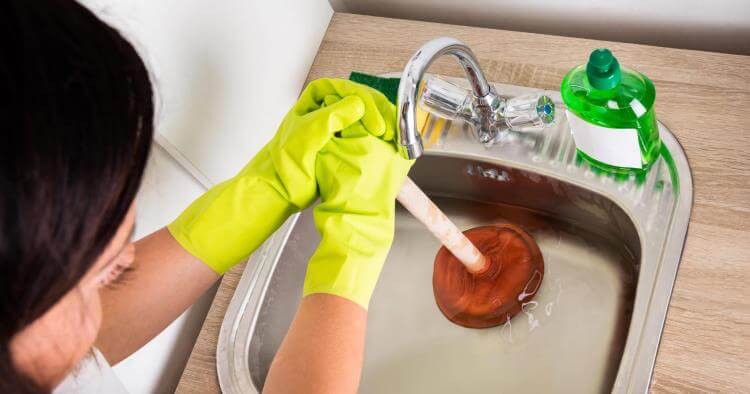 First, try using a plunger to dislodge the blockage. Make sure to cover the overflow opening with a wet cloth to create a seal and plunge vigorously. If this doesn't work, you can try using a mixture of baking soda and vinegar to break down the clog. Pour 1/2 cup of baking soda down the drain, followed by 1/2 cup of vinegar. Let it sit for a few minutes before flushing with hot water.
If these DIY methods don't work, it's best to call a professional plumber. They have the necessary tools and expertise to unclog your sink without causing any further damage. They can also inspect your plumbing system to identify any potential issues and provide necessary repairs.
Regular maintenance and proper disposal of food scraps can help prevent future clogs in your kitchen sink.
Avoid pouring grease, oils, and coffee grounds down the drain, and use a strainer to catch food scraps before they go down the pipes.
First, try using a plunger to dislodge the blockage. Make sure to cover the overflow opening with a wet cloth to create a seal and plunge vigorously. If this doesn't work, you can try using a mixture of baking soda and vinegar to break down the clog. Pour 1/2 cup of baking soda down the drain, followed by 1/2 cup of vinegar. Let it sit for a few minutes before flushing with hot water.
If these DIY methods don't work, it's best to call a professional plumber. They have the necessary tools and expertise to unclog your sink without causing any further damage. They can also inspect your plumbing system to identify any potential issues and provide necessary repairs.
Regular maintenance and proper disposal of food scraps can help prevent future clogs in your kitchen sink.
Avoid pouring grease, oils, and coffee grounds down the drain, and use a strainer to catch food scraps before they go down the pipes.
Conclusion
 In conclusion, a clogged kitchen sink may seem like a minor inconvenience, but it can have serious consequences on your house design and plumbing system. It's important to address the issue promptly and properly to prevent further damage and maintain the functionality and cleanliness of your kitchen. Remember to seek professional help if DIY methods don't work, and practice good habits to prevent future clogs. Your kitchen sink will thank you.
In conclusion, a clogged kitchen sink may seem like a minor inconvenience, but it can have serious consequences on your house design and plumbing system. It's important to address the issue promptly and properly to prevent further damage and maintain the functionality and cleanliness of your kitchen. Remember to seek professional help if DIY methods don't work, and practice good habits to prevent future clogs. Your kitchen sink will thank you.




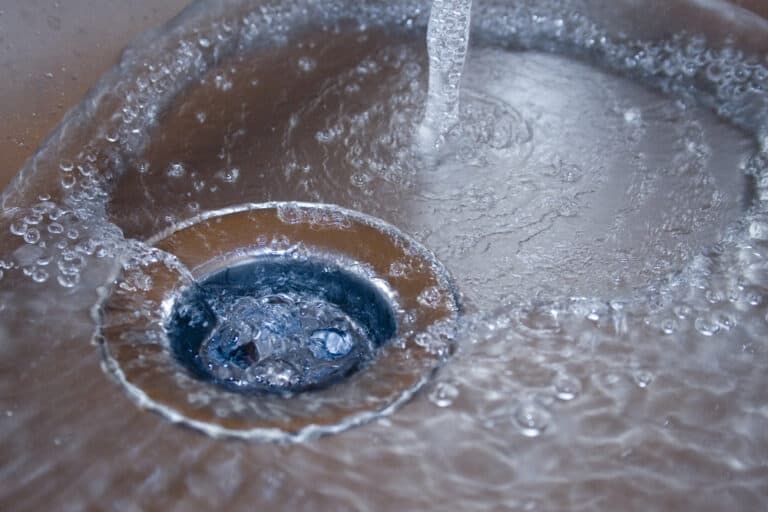

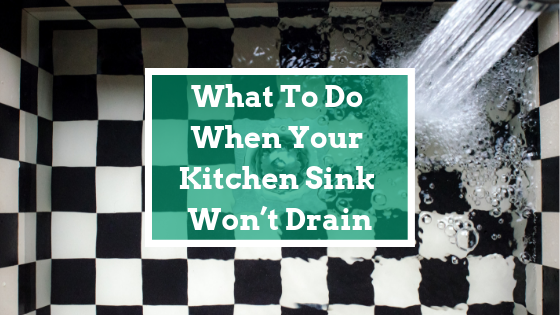
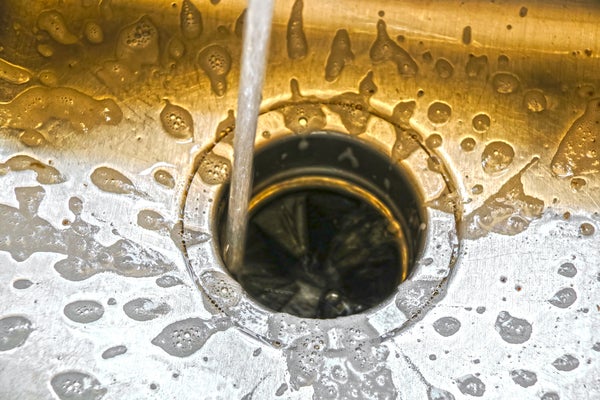



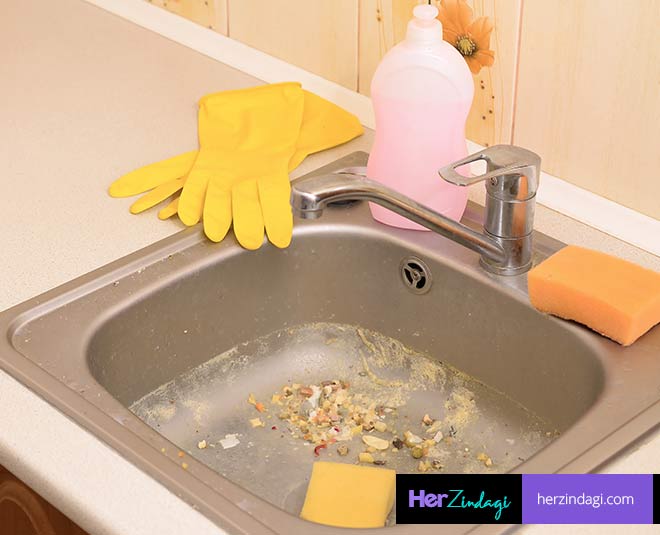
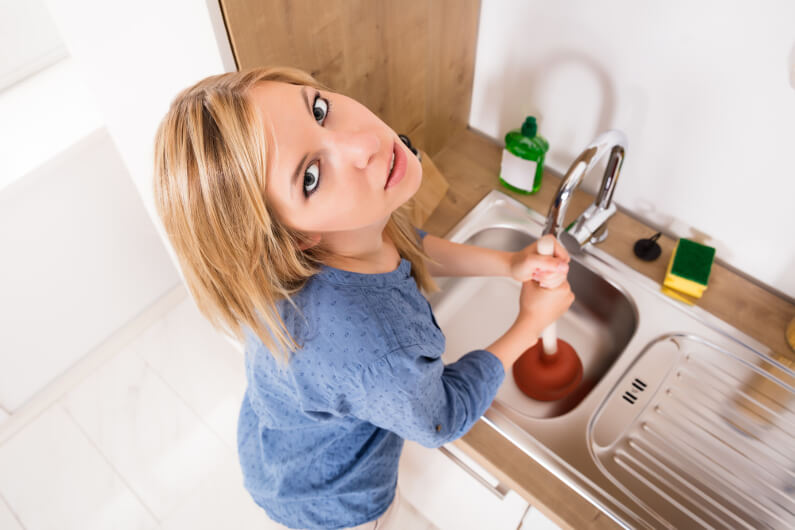


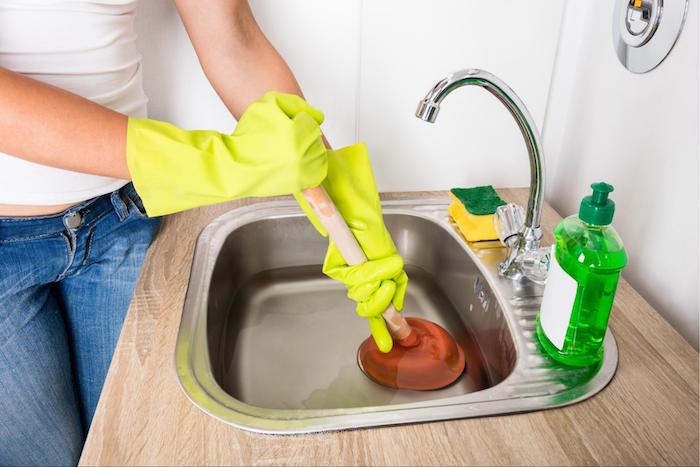
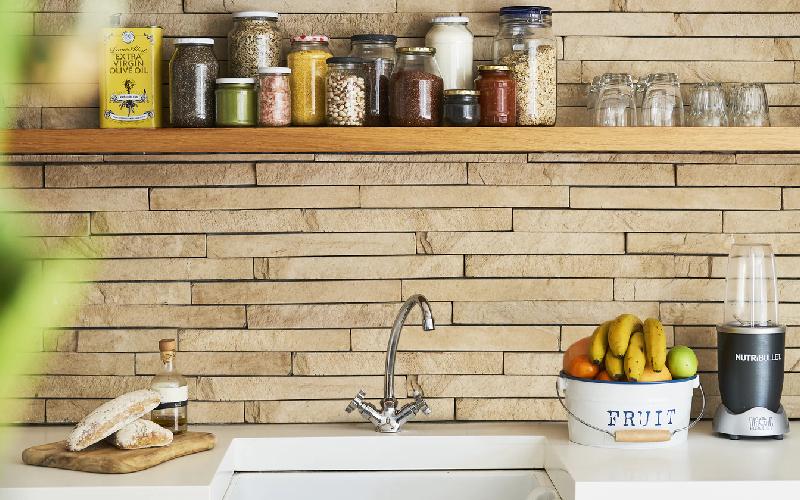






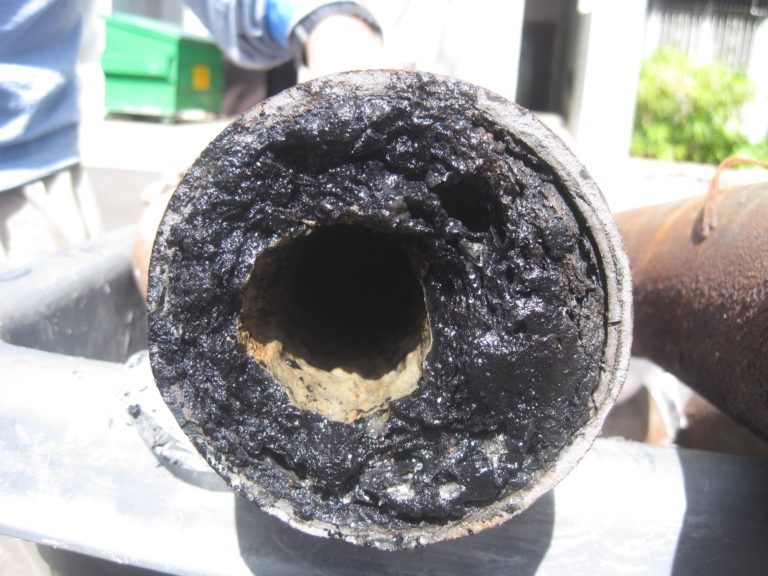


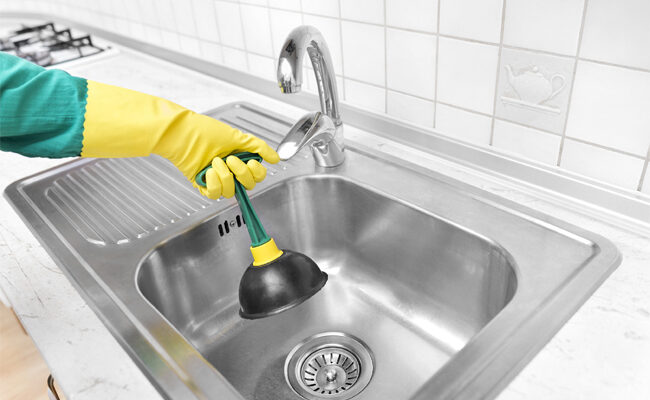
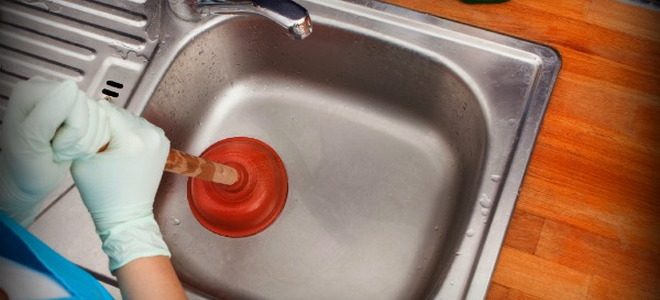



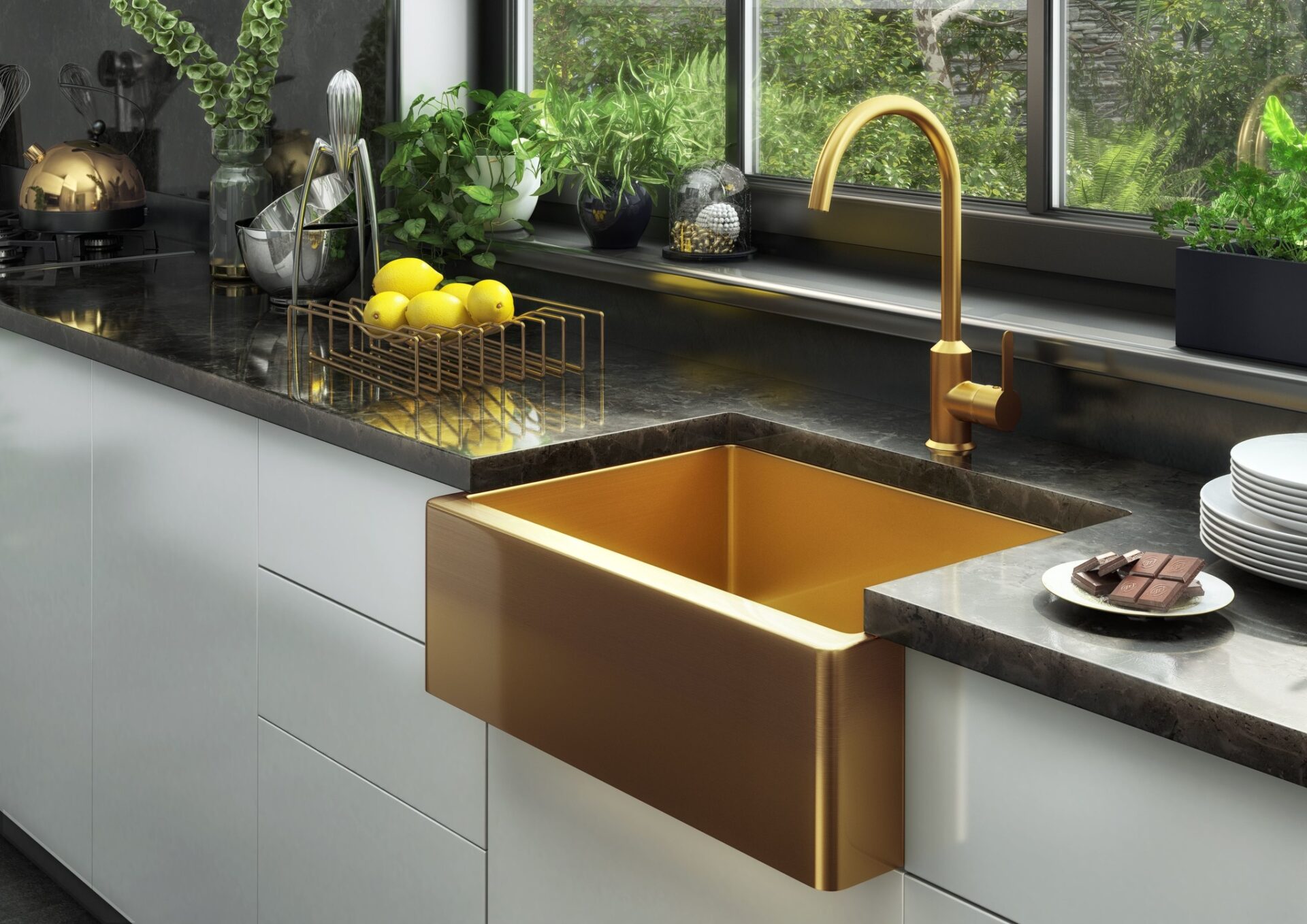









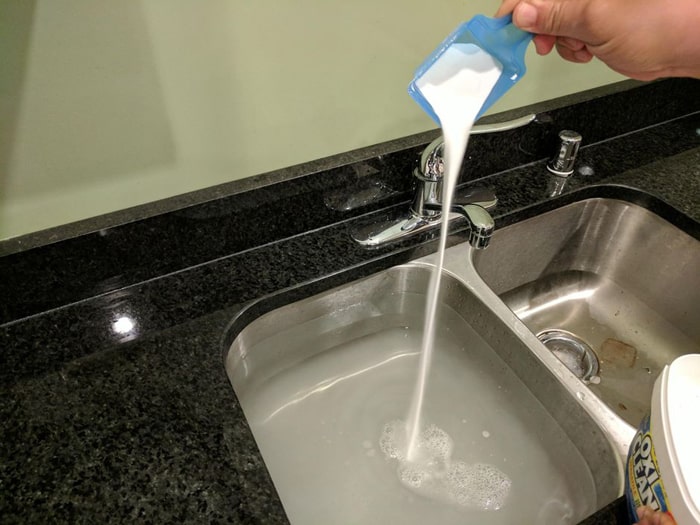

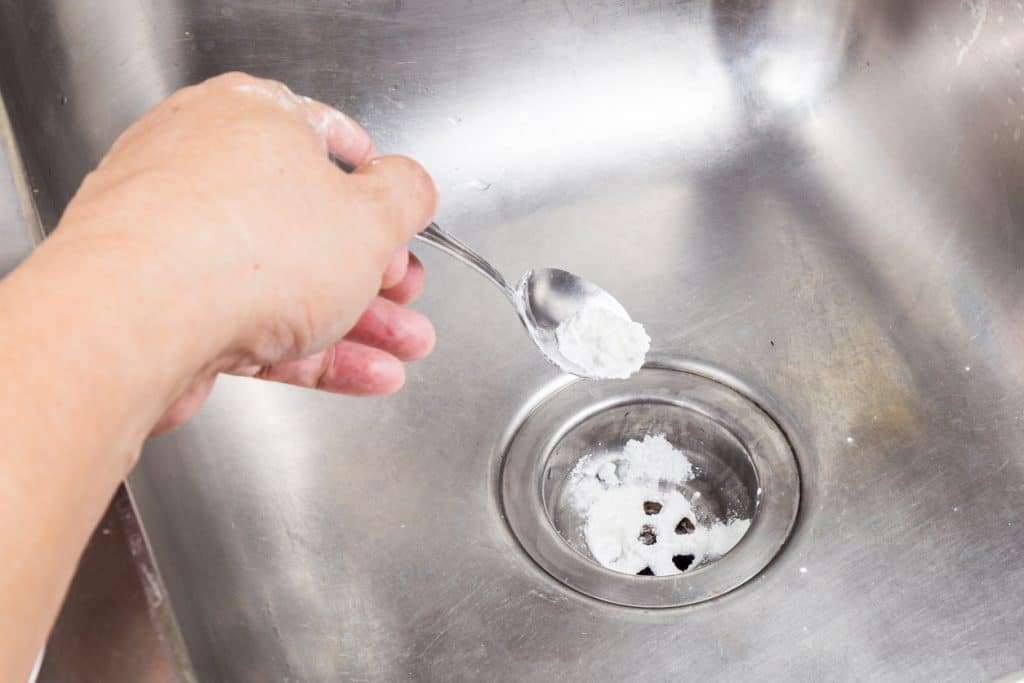
:max_bytes(150000):strip_icc()/freshen-and-unclog-drain-with-baking-soda-1900466-22-bbf940b70afa4d5abef0c54da23b1d3f.jpg)
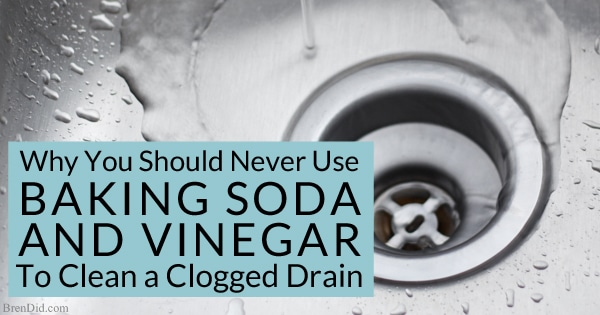




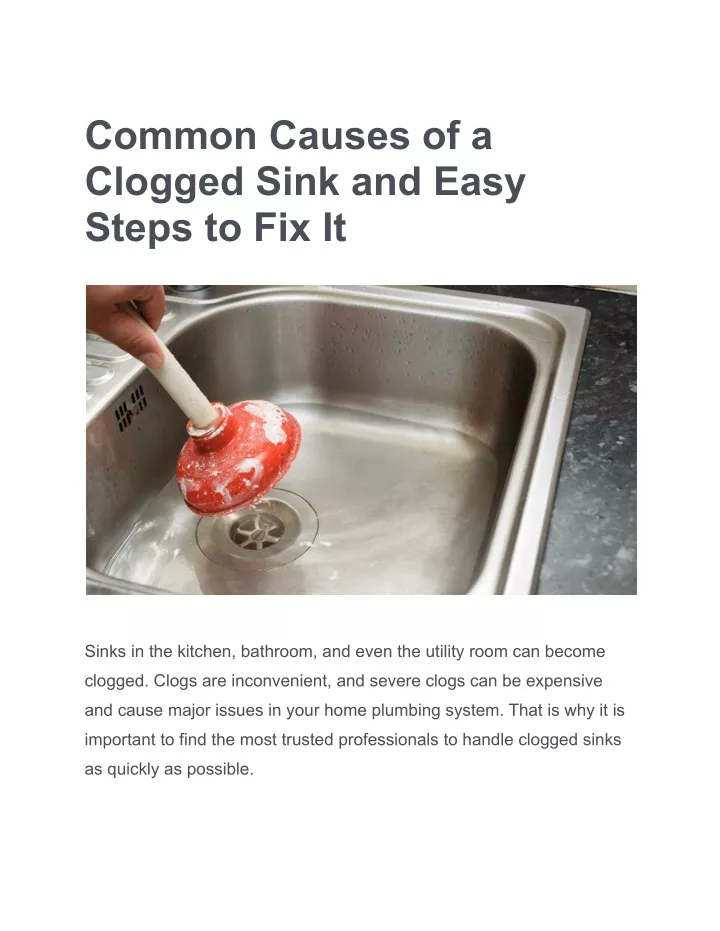

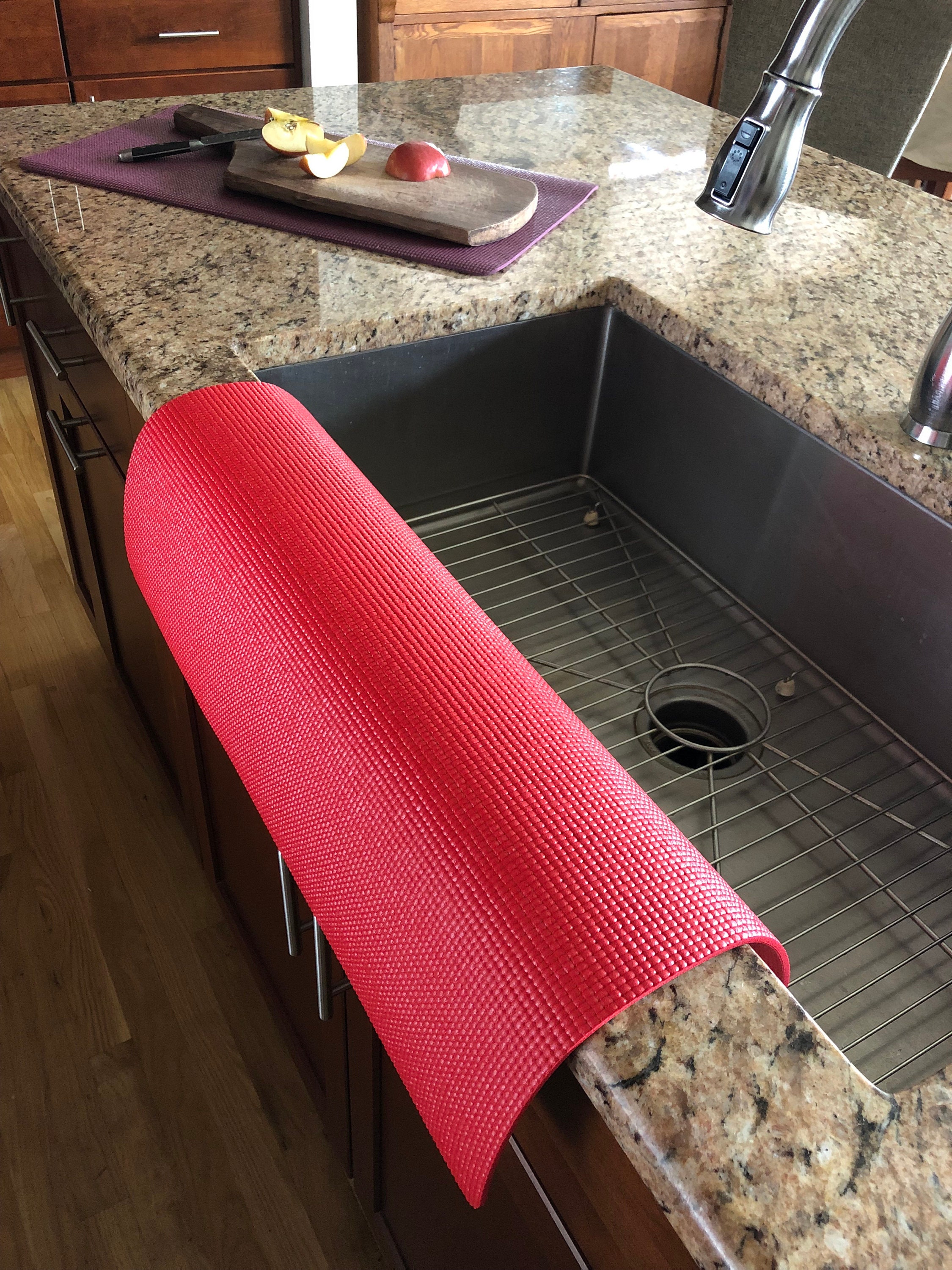
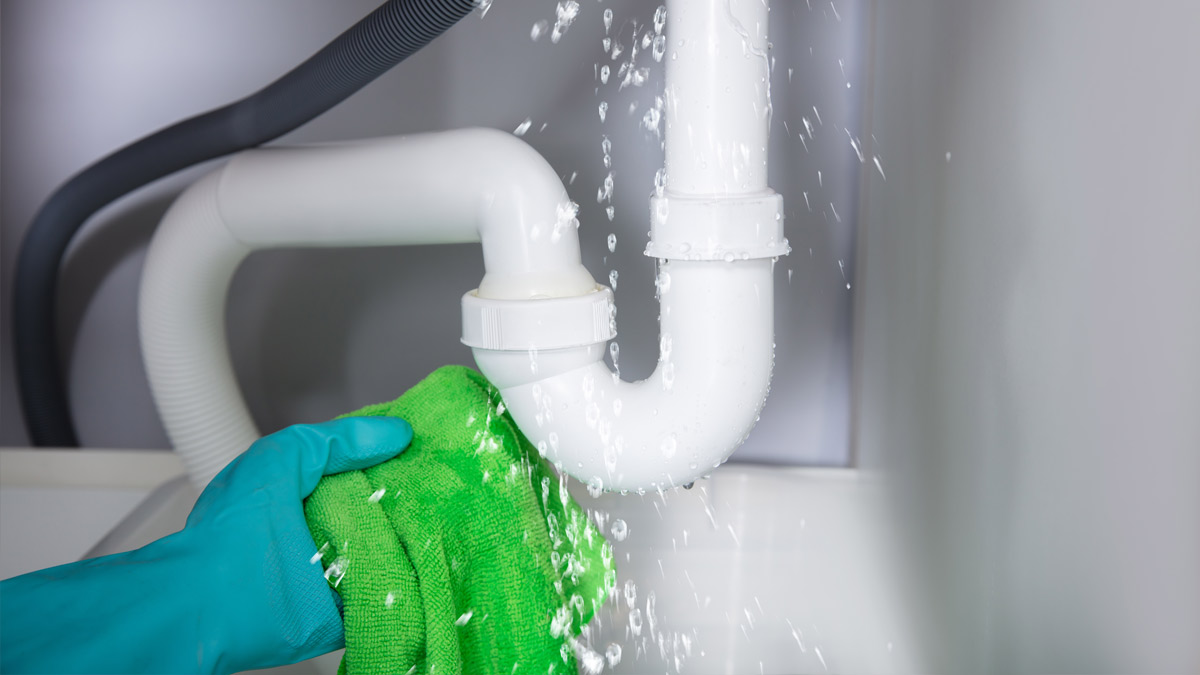


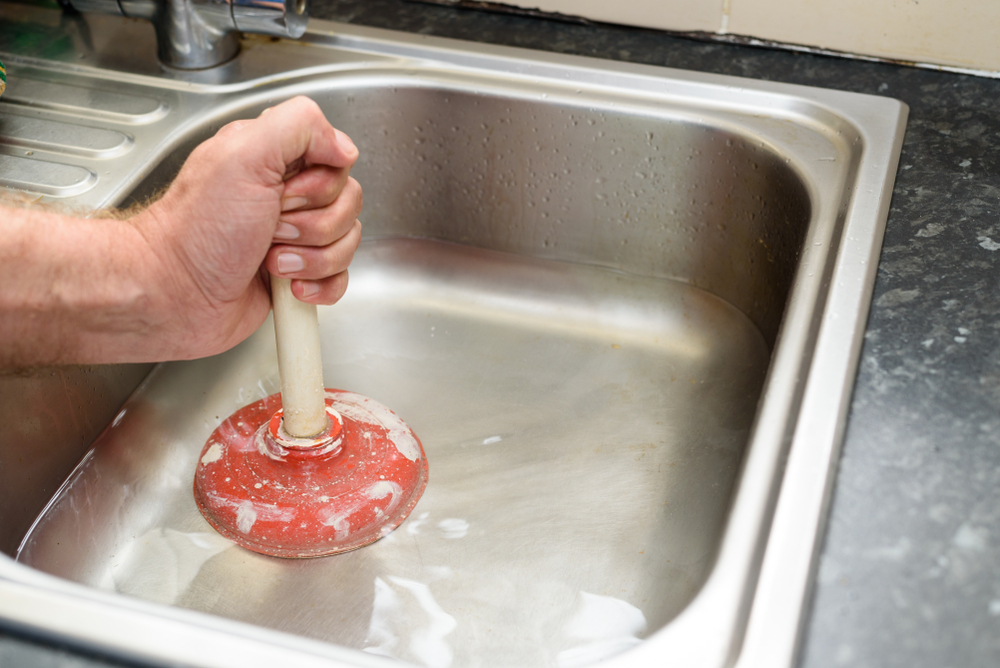




:max_bytes(150000):strip_icc()/unclogging-a-toilet-with-a-plunger-2719030_final_horizontal_10_18-d33deec2a8084e289a5427c6745a0d32.png)
